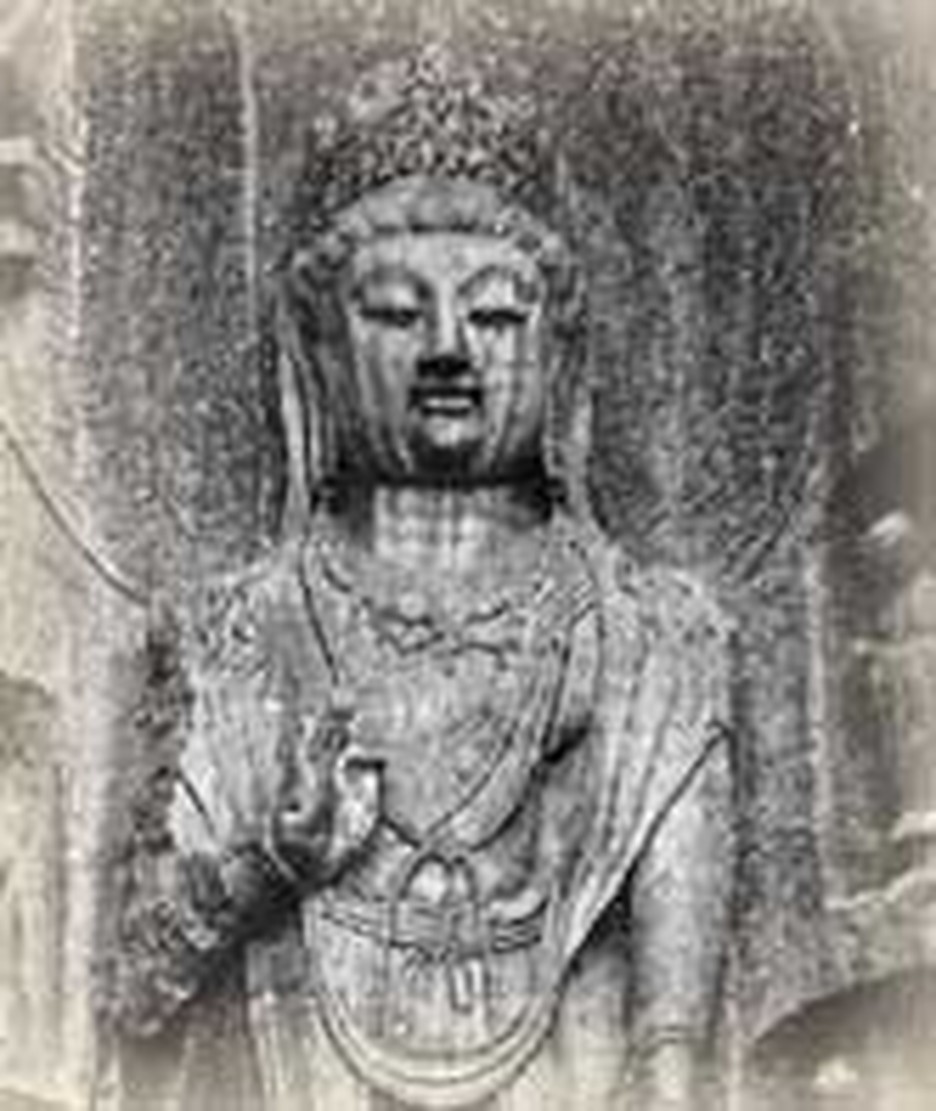
Jonathan Goforth heard his call to evangelize while reading the memoirs of the famed preacher Robert Murray McCheyne. A student at Knox College, Toronto, he offered himself for missionary service. Other Christian students found him too narrow and ragged him. Consequently, he vowed that he would go it alone and apart from his family; he remained a loner all his life.
When Rosalind Bell-Smith became a Christian, she determined that she would never marry a man who had anything less than her own complete zeal for the Lord. She was quite certain that she would recognize quickly the man for her. She met Jonathan Goforth and within a couple days was quite sure. The two were married.
Goforth's interest was in China. He attempted to join the China Inland Mission, but decided that his Presbyterian thinking was incompatible with the Brethren ideas espoused by Hudson Taylor. And so, with the support of a newly-formed Presbyterian mission, he and his wife set out for China in 1888 and settled temporarily in Cheefoo. His appointed coworker, James Frazer Smith followed a few months behind. Two weeks after Smith arrived, on this day, September 13, 1888, Goforth and Smith began a tour of the North Honan region of China. This is where they intended to work, and they felt they must get a feel for the region.
North Honan had flooded badly the year before and the damage was still being addressed. Smith and Goforth observed first-hand the efforts to repair the breaches made by the Yellow River. Altogether the two traveled over 1,200 miles, assessing the entire region. They gathered whatever data they could during their two and a half month tour and observed the Chinese in their home environment. In December more missionaries arrived and soon four workers were busy translating and preaching.
Goforth had success in planting churches and was associated with revival among Korean Christians in the early 1900s and with revival in Manchuria in 1908. The Presbyterians, however, dismissed him; and Goforth, Rosalind and their five children became missionary gypsies, preaching across China with no fixed abode.
Hudson Taylor and Jonathan Goforth also clashed. Despite the great need of all Chinese to hear of Christ, which no combination of missions could hope to fully meet, Hudson Taylor issued a stiff protest that Goforth was invading North Honan, a region he had earmarked for the China Inland Mission. Goforth respected Taylor's methods and imitated them. However, neither he nor the Presbyterians saw fit to comply with the great man's complaint. Thus Goforth indeed went forth in the pages of Christian history as a great pioneer, but like others also given unusual gifts, not always easy to get along with.
Bibliography:
- Anderson, Gerald H.Biographical Dictionary of Christian Missions. New York: Macmillan Reference USA; London: Simon & Schuster and Prentice Hall International, 1998.
- Evangelical Dictionary of World Missions; general editor, A. Scott Moreau. Grand Rapids, Michigan: Baker Books, 2000.
- Goforth, Rosalind Bellsmith. Goforth of China. Toronto: Mclelland and Stewart, 1937.
- Johnston, Reginald Fleming. Buddhist China. New York: E.P. Dutton and co., 1913. Source of the image.
- Latourette, Kenneth Scott. A History of Christian Missions in China. New York, Russell & Russell, ca. 1967.
- Mackenzie, Murdoch. Twenty-five years in Honan. Toronto: Board of Foreign Missions, Presbyterian Church in Canada, ca. 1913.
Last updated April, 2007.


